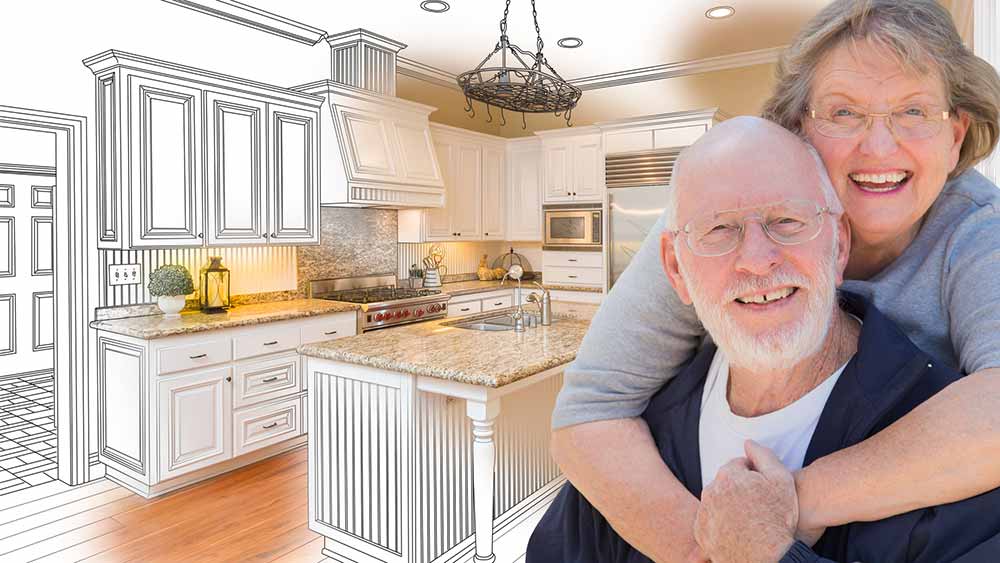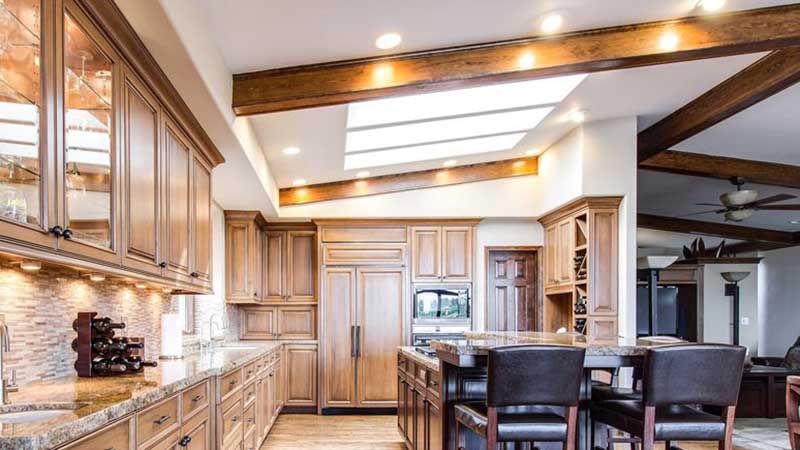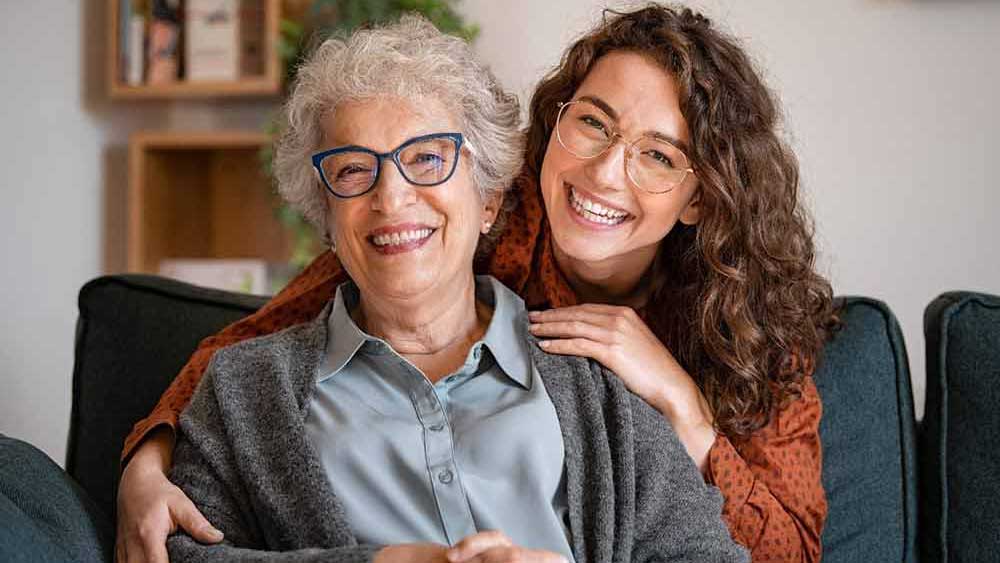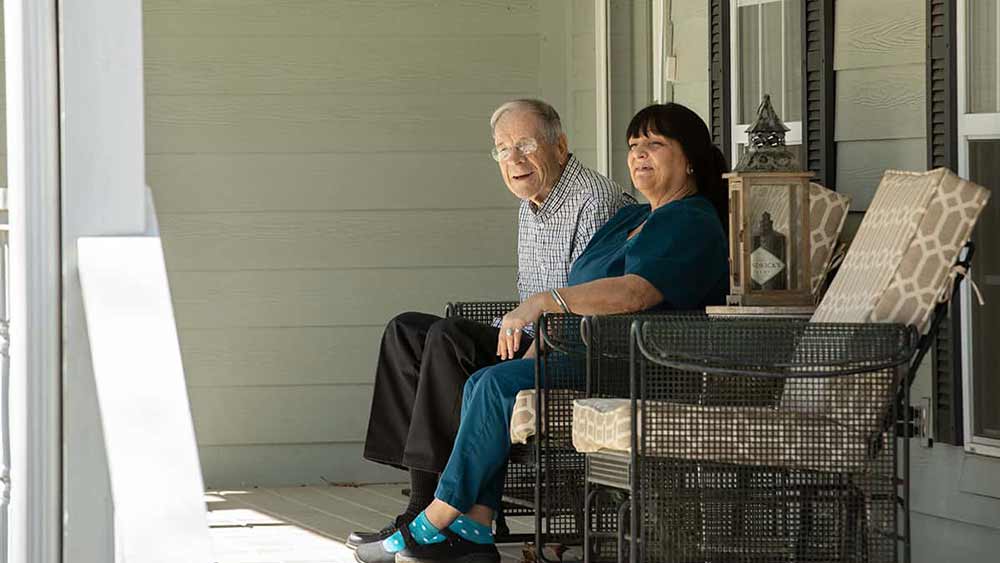

A Safer Home for Senior Independence
Where do you want to live as you grow older? Surveys of people aged 50 and older show that a large majority want to age in place, staying in their own homes even as their health needs change. They want to remain in the surroundings to which they are accustomed, in their established neighborhood with familiar shops and services. Through the years, they have grown an informal support system of family, friends and neighbors. Home is where their roots are!
But as the years pass, families often wonder if older loved ones are still safe living at home. Those two flights of stairs, that fashionably dim lighting, the vintage clawfoot bathtub — features of the home that everyone took for granted suddenly seem like hazards! It’s time to evaluate the suitability of the home and learn about improvements that can help your loved one’s house, condo or apartment better meet their changing needs. Here are modifications that could help the home adapt:
Major remodeling projects:
- Roll-in shower
- Lowered kitchen cabinets
- Widened doorways
- Stair lift or personal elevator
- Wheelchair ramp or ramped entryway
- Nonslip, nonglare flooring
Some upgrades that are more modest in scope:
- Grab bars in the bathtub or shower and next to the toilet
- Raised toilet seats
- Rocker-type light switches
- Improved lighting indoors and out
- Handrails on both sides of stairs
Quick fixes to reduce the risk of falls:
- Rearrange furniture so your loved one won’t trip
- Remove throw rugs and tack down carpets
- Clean up clutter, and break the habit of placing items on stairs
- Keep extension cords out of the pathway
- Download a free Fall Prevention Guide
Home security improvements:
- A peephole in the front door
- Outdoor lighting and trimming shrubbery away from windows
- Improved locks on all doors and windows
- A home security system
Removal of fire and burn hazards:
- Turn down the water heater to 120° F
- Install smoke alarms and check them regularly
- Use extension cords properly
- Follow the instructions for space heater use
Emergency communication improvements:
- Be sure your loved one has a mobile phone and knows how to use it
- Consider a personal emergency response system
- Install a smart speaker or other high-tech system
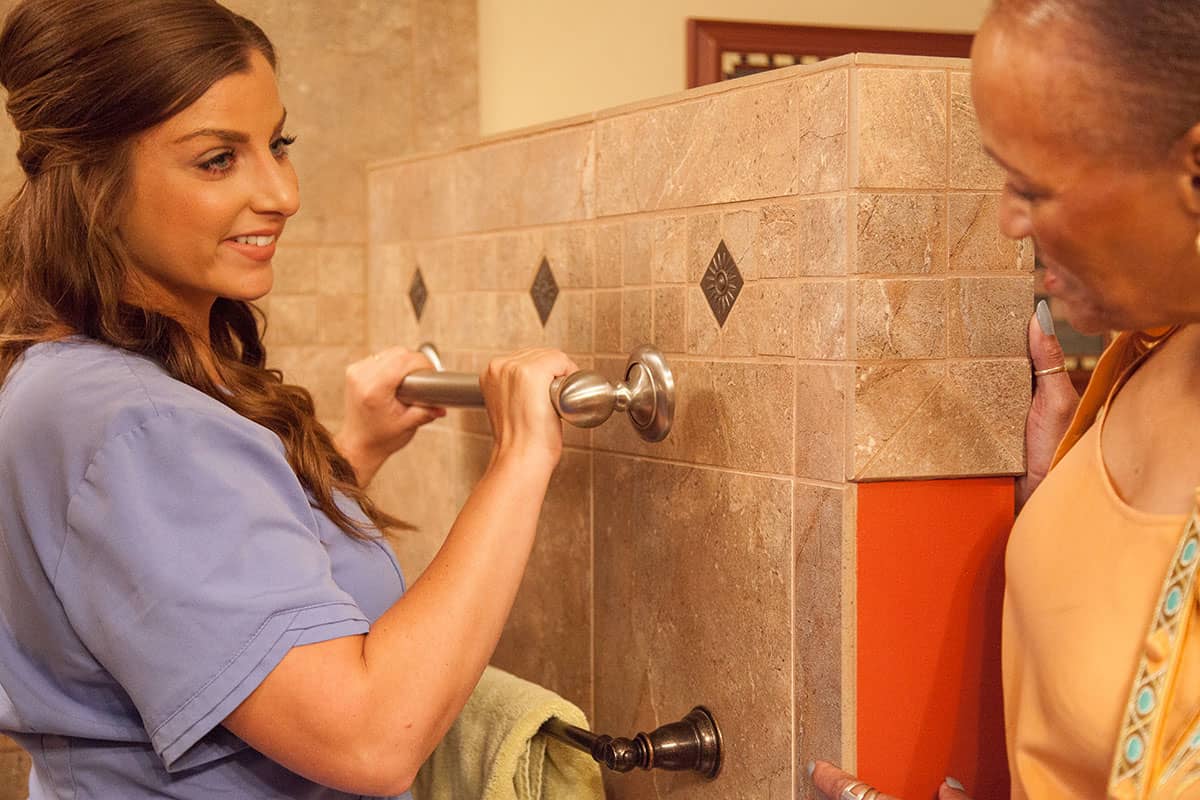
Bring in experts
Anyone can clean up clutter or check a smoke alarm battery. But many home modifications are best left to experts. Poorly planned and built features can be useless and even hazardous. Improperly anchored grab bars could cause, rather than prevent, a fall. A wheelchair ramp that’s too steep and lacks safety features can be dangerous. Brighter lighting of the wrong type can create a glare that makes it difficult for older eyes to see.
Choose a qualified contractor. Ask for recommendations from experts and check references.
Occupational therapists and aging life care professionals (geriatric care managers) can help identify appropriate home modifications for your loved one’s needs.
Home safety: the human touch
There are many joys to living at home, but for seniors with arthritis, visual impairment, the effects of a stroke, or other physical and cognitive challenges, some home tasks just aren’t safe, even with home modifications. This is where professional in-home care can make all the difference. Here are just some of the ways trained Right at Home caregivers help keep senior clients safe at home:
- Housekeeping services, including performing tasks that might be unsafe for your loved one, and removing hazards indoors and out that could cause a fall
- Home hygiene tasks to lower the risk of infection
- Doing the laundry — the washer is so often in the basement
- Grocery shopping and preparing meals if using the stove isn’t safe
- Medication reminders to prevent overdose or forgetting a dose
- Assistance with bathing, dressing and using the toilet
- Supervision for exercise and other indoor and outdoor activities that keep clients healthy and engaged
- Transportation when it’s no longer safe for a client to drive
- Communication with family — safety is a team effort
Right at Home care experts work with families to create innovative safety solutions. Find your local Right at Home and ask for a care consultation today.





